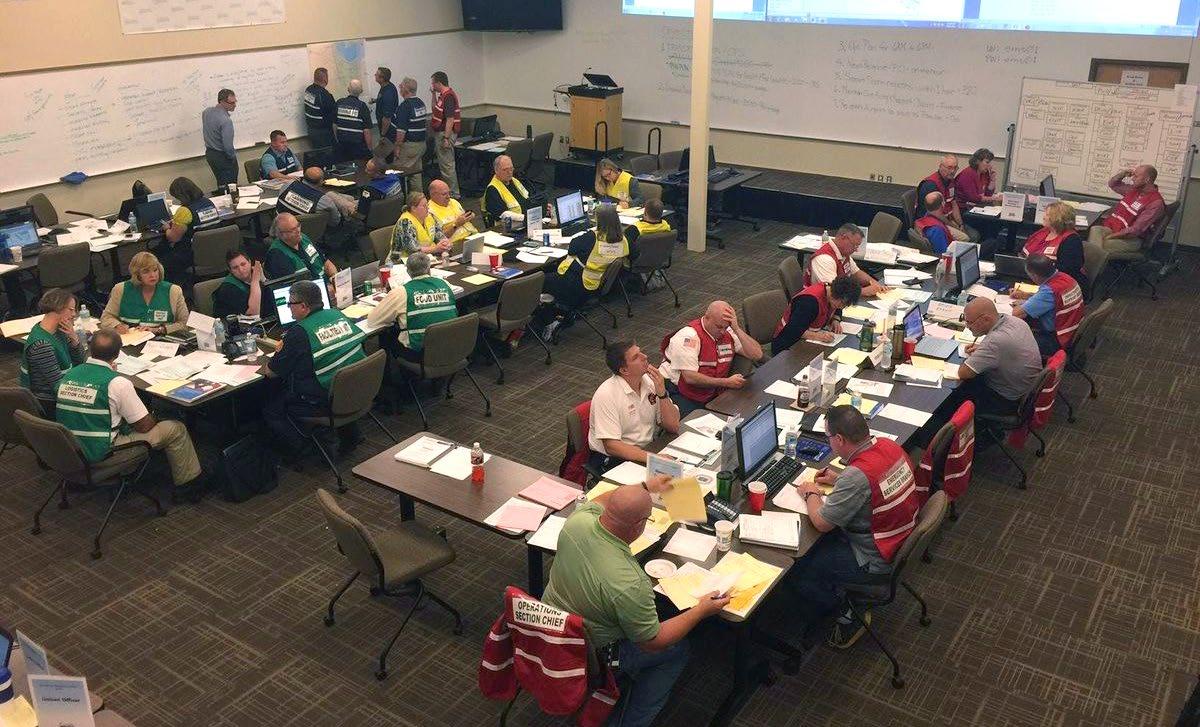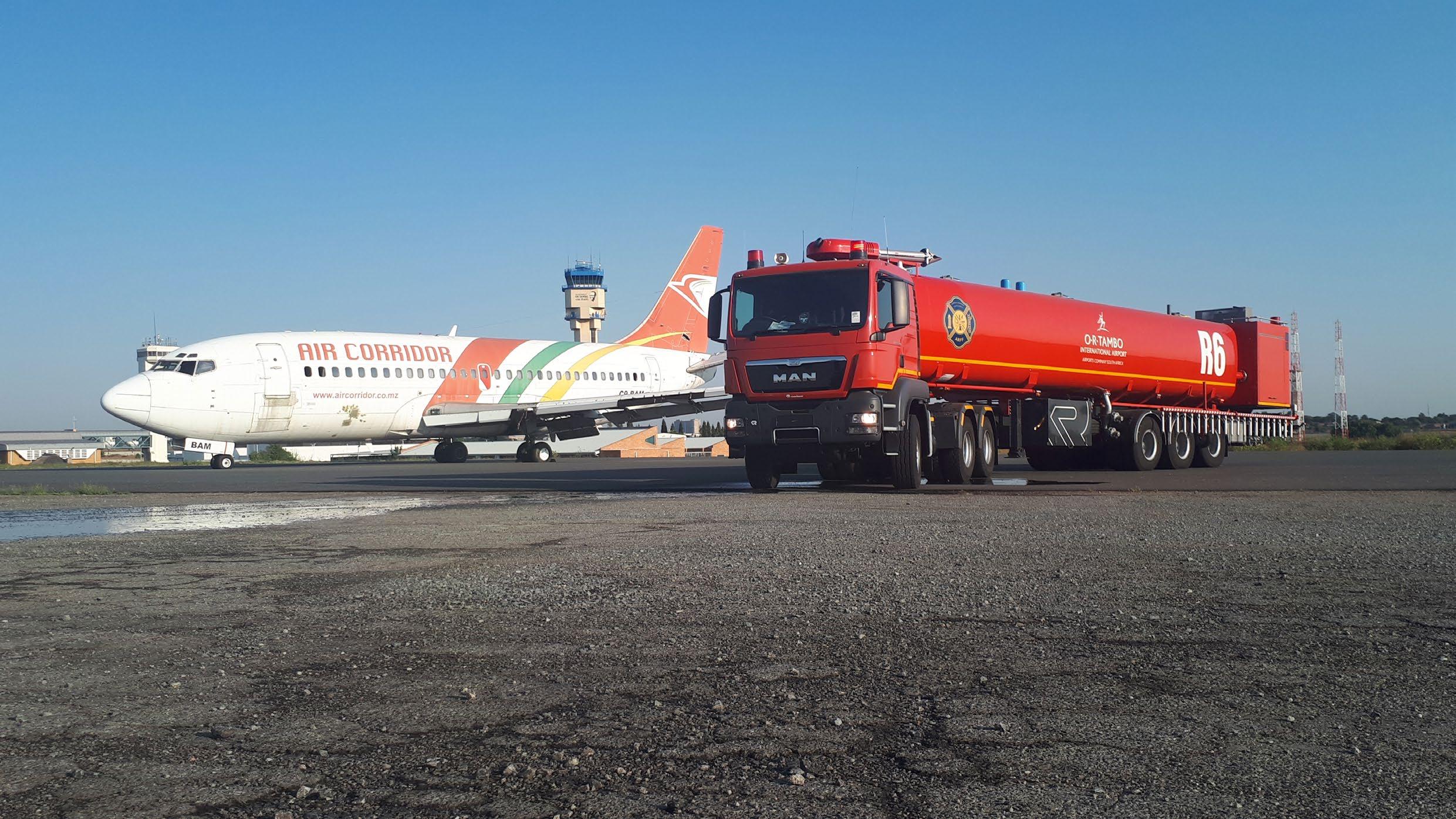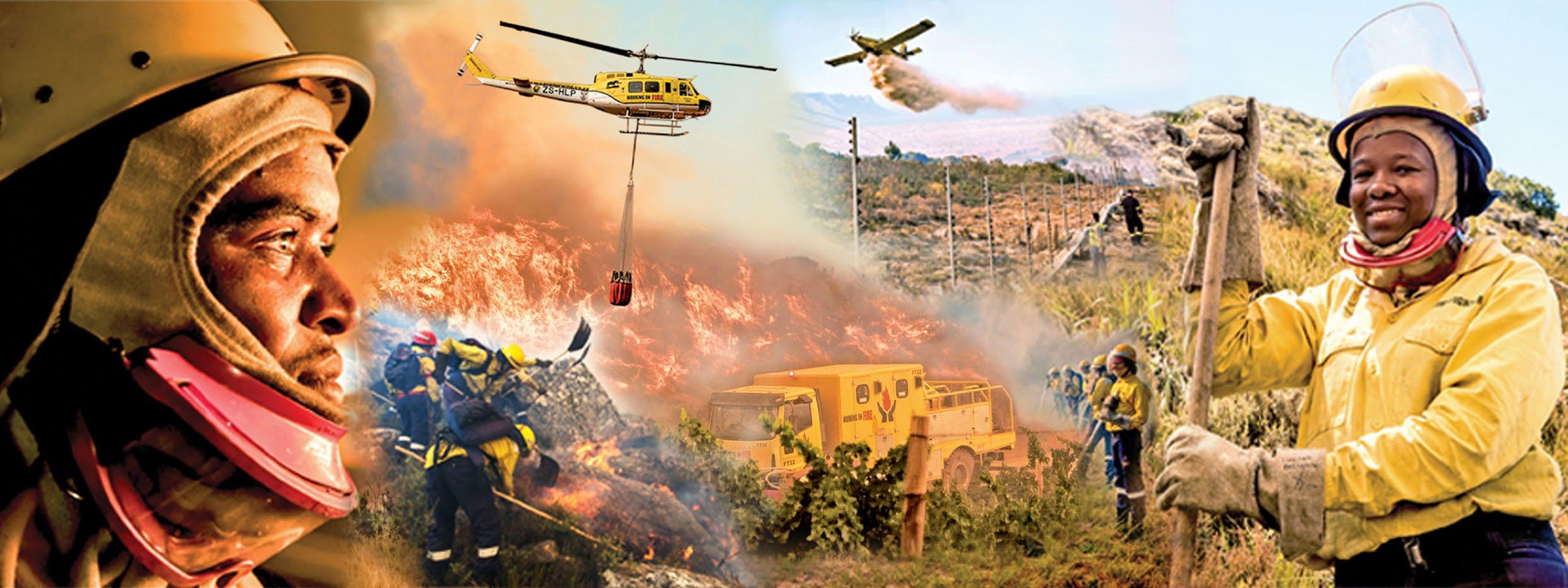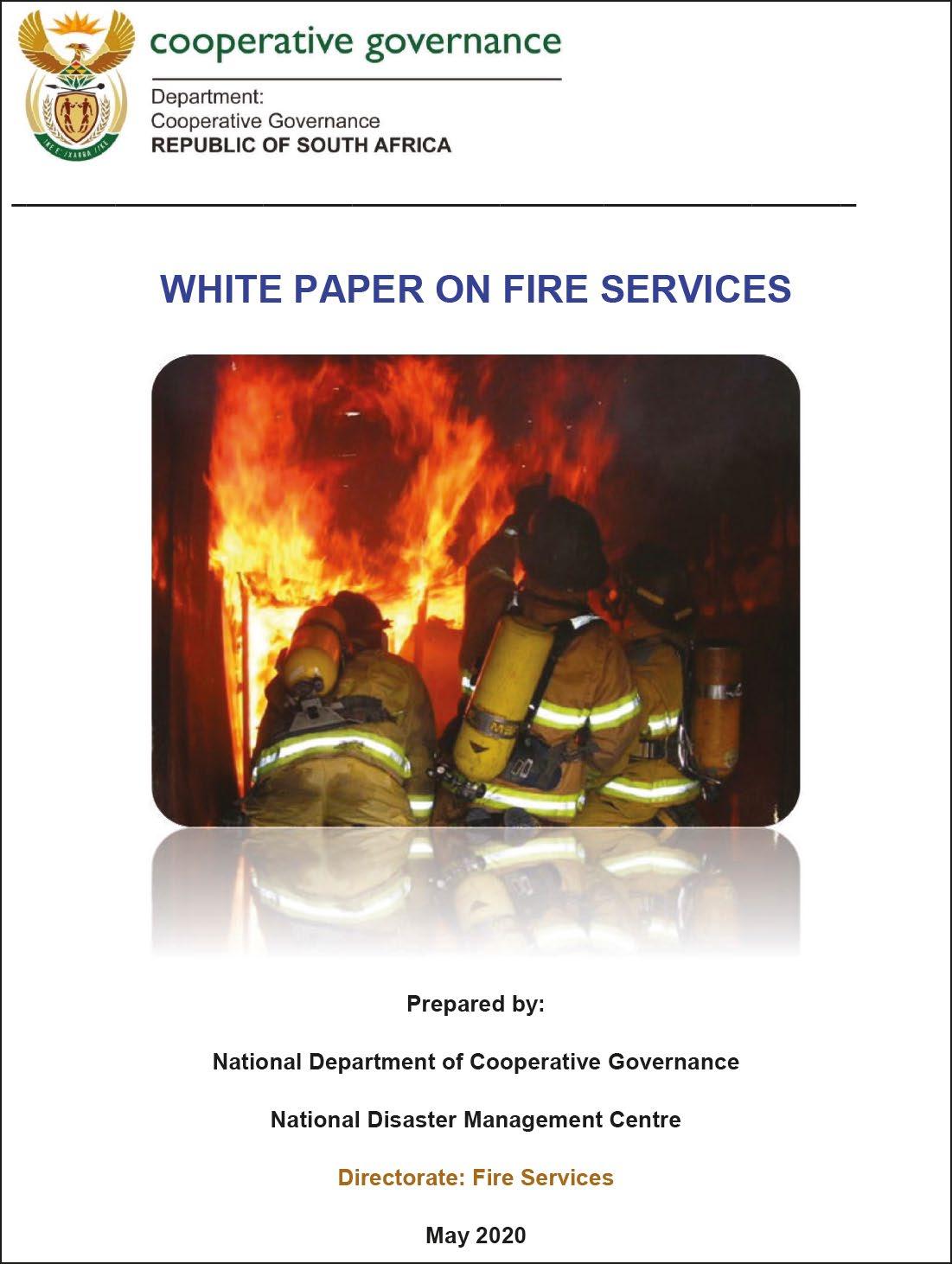Wildfires
Fighting fire with fire: Botswana adopts Indigenous Australians’ ancient burning tradition By Sam Johnston, senior fellow, The University of Melbourne
I
nterest in Aboriginal fire knowledge has been high since last summer’s terrible bushfires. One initiative shows the huge potential benefits of this ancient practice, not just in Australia but globally.
Cultural fire leader Otto Champion from Arafura Swamp Rangers, and Bayo Taylor from Karajarri Rangers, demonstrating cultural burning In Botswana
The International Savanna Fire Management Initiative (ISFMI) is taking the fire management techniques of indigenous northern Australians to the world. Recently, it’s reinvigorated traditional fire management in Botswana, in southern Africa. Results so far show the Botswana project is likely to prevent significant amounts of greenhouse gases from entering the atmosphere, reduce destructive fires, promote a productive landscape, increase biodiversity and revive traditional culture.
can develop gently and be easily controlled. Such burning removed fuels such as grass and leaf litter that might otherwise cause bigger fires. It also retains the canopy and other plant matter, and so preserves habitat for animals.
Australia’s bushfire royal commission is currently looking at how Aboriginal knowledge can be incorporated into mainstream fire management. So let’s take a closer look at how it’s already working in Australia and abroad.
Over time, following the colonisation of Australia, indigenous land managers were forced off or left their traditional lands. Their absence has allowed large and intense bushfires in the late dry season to increase.
Reviving an ancient practice Intense bushfires devastate ecosystems, biodiversity, human health, livelihoods and economies. Climate change will increase the severity, incidence and intensity of bushfires in many regions. Over thousands of years, Aboriginal people in Australia have used fire to manage natural resources and as an integral expression of culture. Burning was often undertaken in the early dry season, when fires Volume 5 | No 5
Traditional fire management techniques were first reintroduced at scale in Western Arnhem, in the Northern Territory, in 2007. Now there are 76 such projects, more than half either owned by or significantly involving, an Aboriginal community. Since the projects began, the total area affected by destructive wildfires has fallen. This reduces emissions because fires caused by cultural burning are less intense and extensive than large wildfires. This reduction is recognised by the federal government as carbon
credits, generating more than A$90 million for communities so far. Exporting Indigenous know-how The initiative focuses on fire-prone savanna landscapes which globally account for more than 60 percent of carbon emissions from fire each year. Principally funded by the Department of Foreign Affairs and Trade, it comprises an active network of indigenous organisations, traditional owners and experts. Botswana was the first site to prove that transferring this knowledge is possible. Among the reasons it was chosen were its savanna landscapes and a tradition of fire management by its own indigenous people. The first ranger exchange took place in May 2019, when Indigenous rangers from Northern Australia travelled to Botswana at the invitation of the Botswanan Government. In savannas outside the town of Maun, Botswanan firefighters pitted their controlled burning skills against Australia’s indigenous rangers. FIRE AND RESCUE INTERNATIONAL | 25













